El Jardín del Oriente Venezolano - Parte 1
Caripe (o “Caripe El Guácharo”, como también se le conoce), ostenta ese título, es un pequeño pueblo de clima templado que oscilan entre 16 y 22°C, buena humedad relativa, aire puro, vegetación exuberante, colorida y de gente agradable con sonrisas cálidas, que han aprendido a vivir con y de los viajeros, visitantes e inmigrantes desde la época de la colonia.
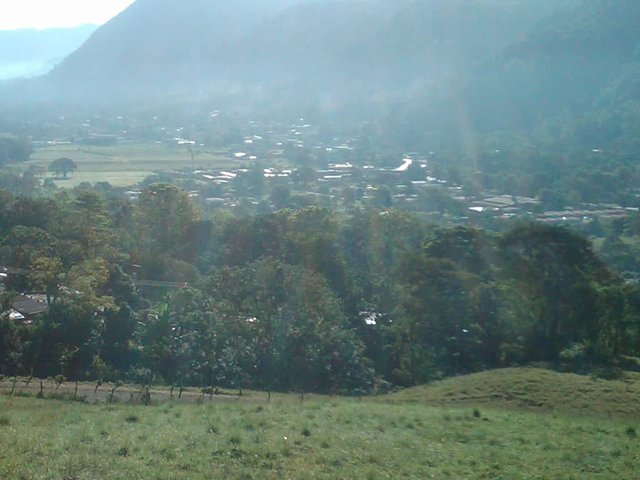
Este pueblo está ubicado a 928 m.s.n.m en la serranía del Turimiquire, al norte del Estado Monagas. Su nombre en lengua Chaima, significa “Río de Ardillas”. Los Chaimas fueron los primeros pobladores de este particular valle y luego de varias luchas libradas entre caciques de esta etnia, es Esteban Caripe quien logra vencer y sumar varias familias indígenas a su colonia, estableciéndose en la parte más fértil del valle, y evangelizando a los mismos con el Fray Pedro del Gelsa, para fundar el pueblo como una misión católica en 1734, denominándolo Santo Ángel Custodio.
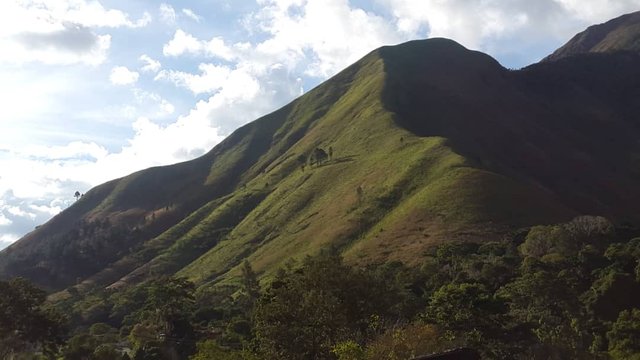
Caripe es producto de una fusión de acervos culturales, pues sus pobladores acogieron como suyos a inmigrantes españoles, italianos, alemanes, corsos y más recientemente árabes, colombianos y chinos. Una mezcla tan diversa, que hacen que los cariperos puedan entender y adaptarse con facilidad a las diferencias de cada gentilicio de sus turistas, y que los convierte en gente hospitalaria, logrando que los visitantes siempre regresen por más de su tranquilidad cada año.
Una de las particularidades que más me agrada de Caripe, es que basa su economía en dos grandes ramas, la agricultura, el turismo y fusionados ambos, en el agroturismo. Sus tierras son fértiles, por ello es fácil que puedas ver en los jardines o patios de las casas sembradíos de lechugas, cilantro, brócoli o cualquier otra de esas bendiciones hortícolas o frutícolas que aligeran y equilibran los menús de los propios y foráneos. También es común que puedas ver muchos puestos de ventas de frutas y hortalizas, y productos ya procesados a orilla de carretera.
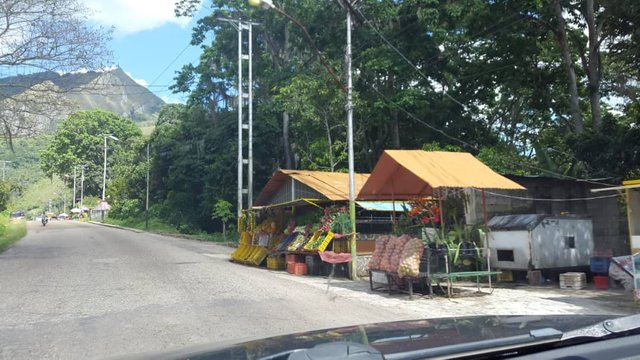
O en su popular mercado de los sábados. Este día es una fiesta de colores y olores, pues los campesinos bajan desde sus conucos en las montañas, a ofrecer sus productos agrícolas directamente al consumidor.
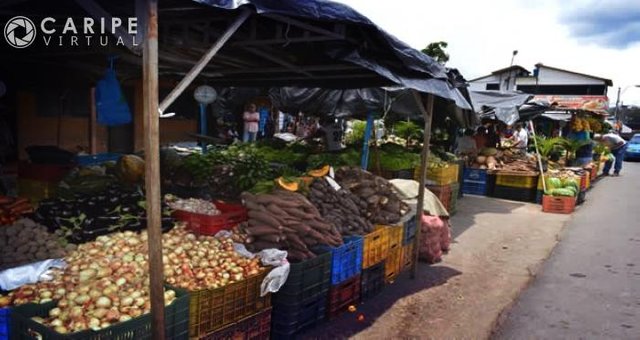
Foto cortesía de Caripe Virtual.
Los bucares, apamates y araguaneyes hacen también gala de su generosidad para con los poetas y pintores, en los meses de marzo y abril, pintando de colores naranja, morados y amarillos intensos las montañas, bordes de caminos, carreteras y pisos del sotobosque del Parque Nacional El Guácharo. Es todo un espectáculo visual.
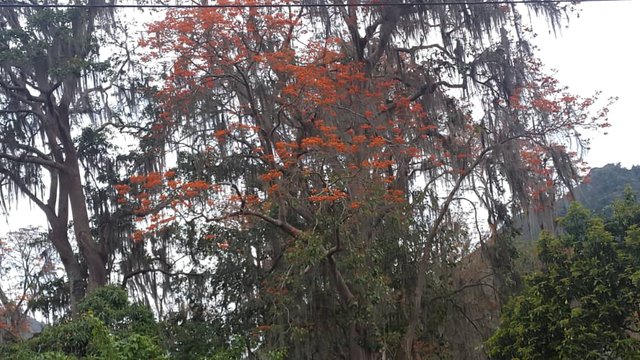
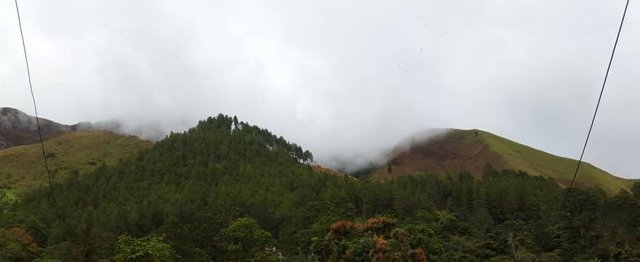
Las flores también hacen gala de belleza y esplendor, y las puedes encontrar en viveros (hay mucha gente que vive de su comercialización) o de forma silvestre, hasta de forma saprófita en las ramas de los árboles. Hay muchísimas, sin embargo, en este post quiero hacer especial mención a las calas del vivero Anturios ubicado en el Sector El Hoyo de Caripe, propiedad de Sol de Morocoima.
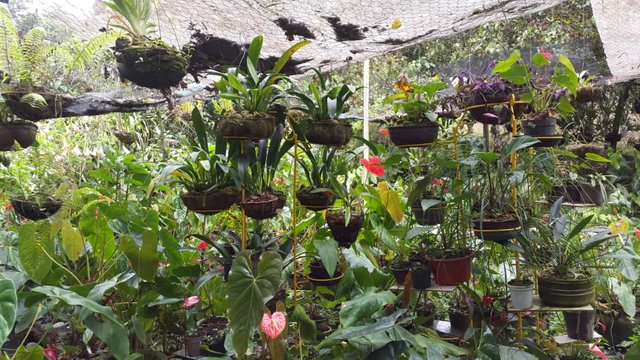
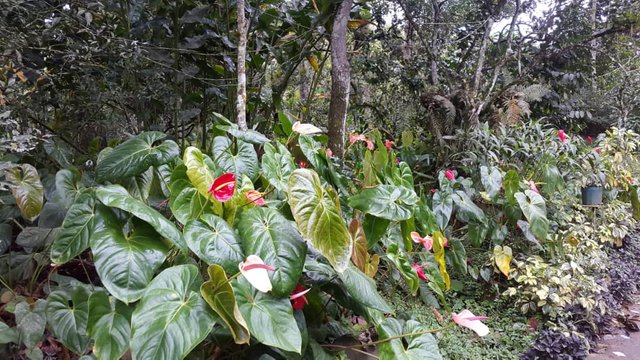
Las orquídeas de Simón Rodríguez, popularmente conocido como “El Gato”, con más de 20 años de experiencia cultivando la Flor Nacional de Venezuela, entre ellas muchas variedades de exposición, híbridos y ganadoras de concursos, pero la que más abunda y es la Reina de Caripe es del género y especie Cattleya gaskelliana. Tiene su vivero ubicado en el Sector La Frontera.
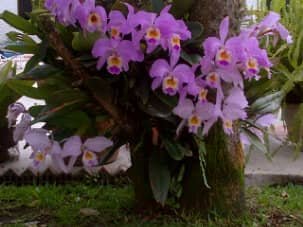
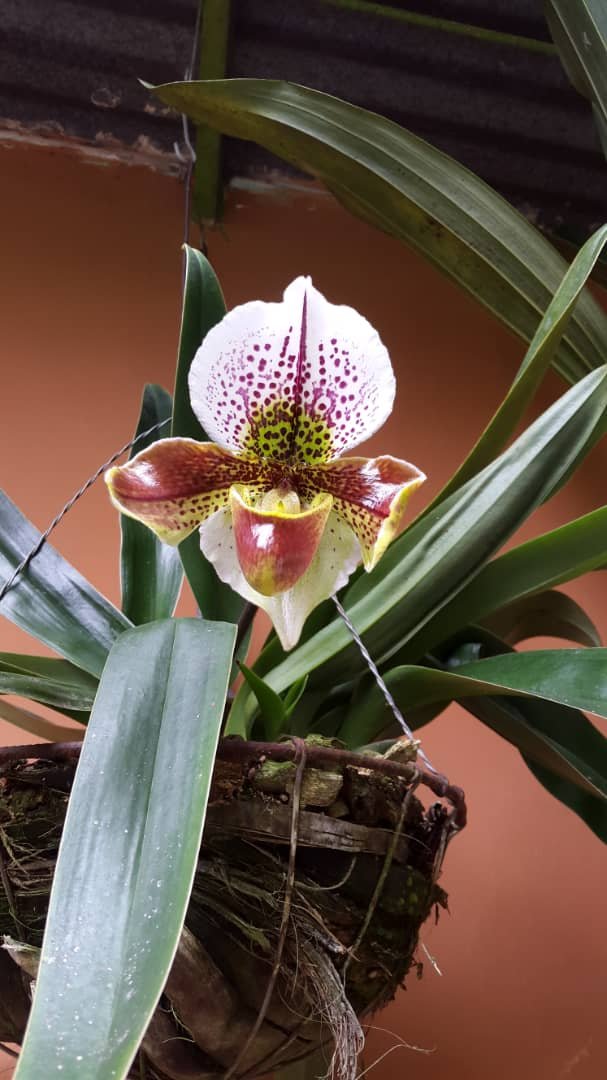
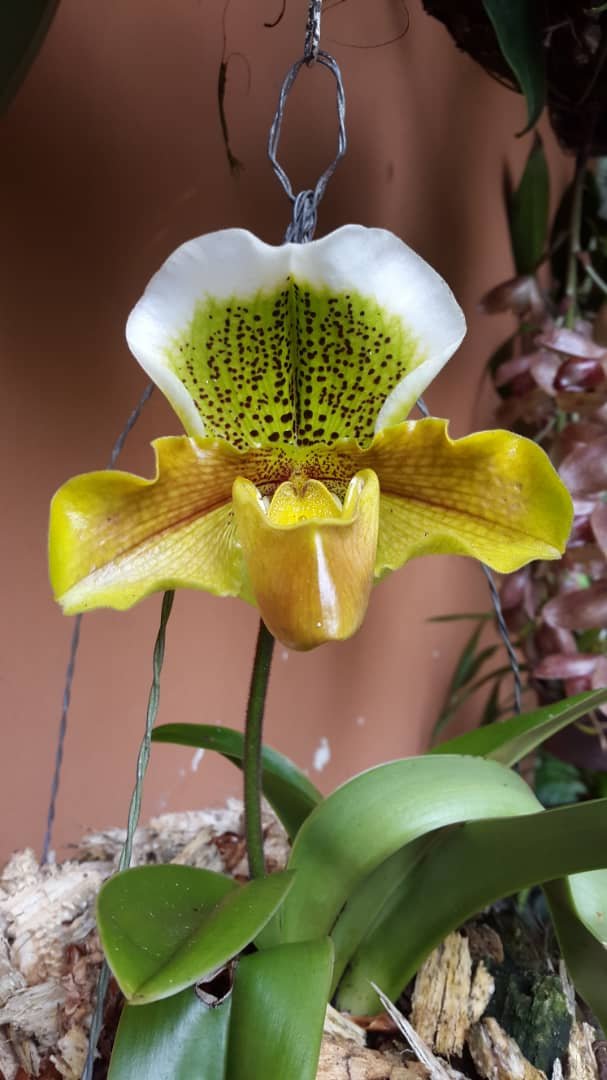
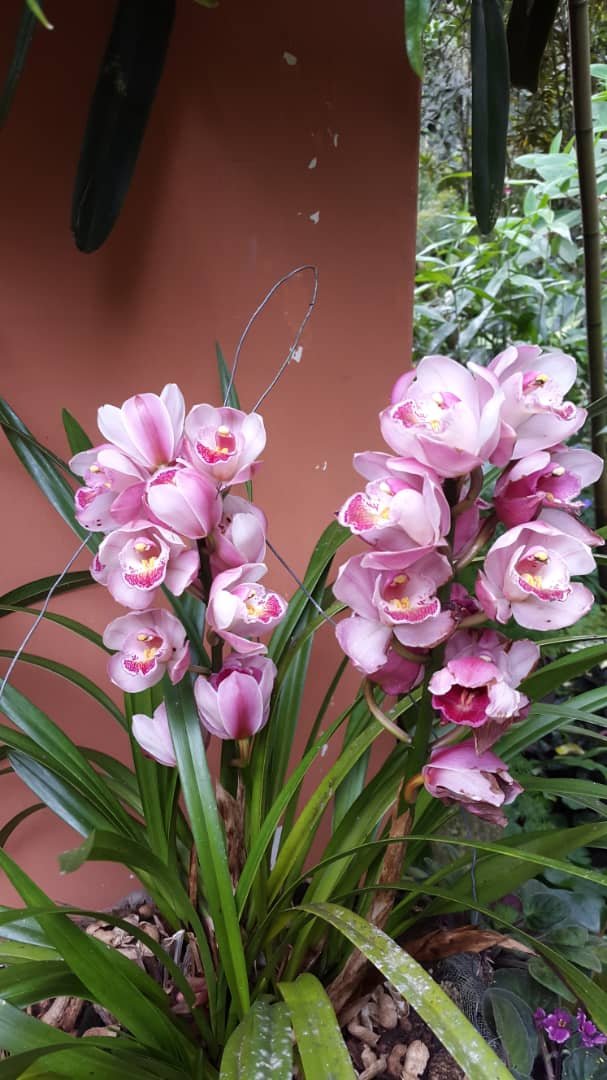
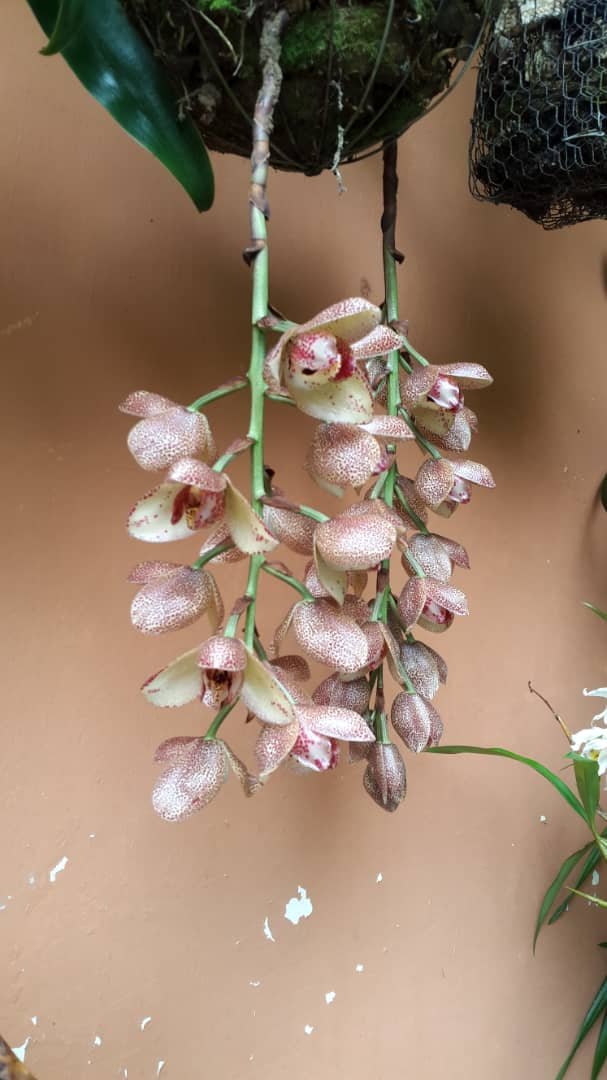
Las rosas de competencia de la Hacienda Agroturística La Coradeña propiedad de Corado Machuca y Lesbia de Machuca, ubicada en el Sector La Placeta. La que mas me sorprendió de todas es la Rosa Obispo, impresionante por su tamaño, textura aterciopelada y color intenso borgoña, parecido al color morado del fajín, botonadura y solideo de la sotana de los obispos, de allí que ése sea su nombre. Lamentablemente no tomé una imagen de la rosa, pero aqui les muestro una similar, tomada de
https://www.significadodelasrosas.com
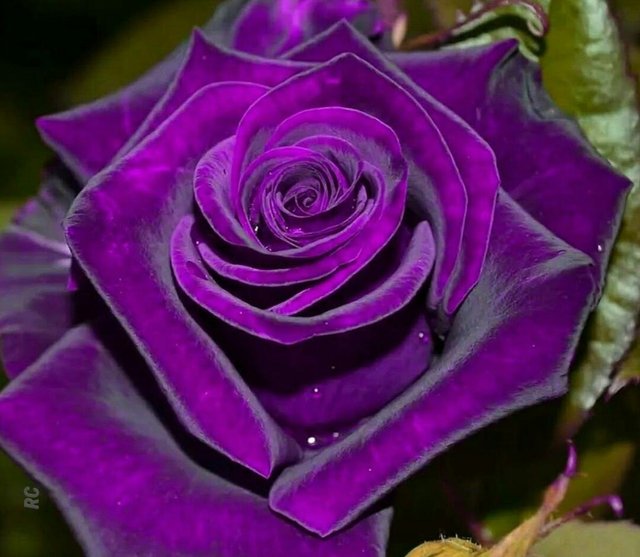
Y las hermosas flores de lo que es uno de los viveros/invernaderos más completos y variados del oriente del país, Agroplantas Caripe, ubicado en San Agustín en la vía hacia el sector La Guanota. Hoy en día su principal producción es de hortalizas orgánicas.
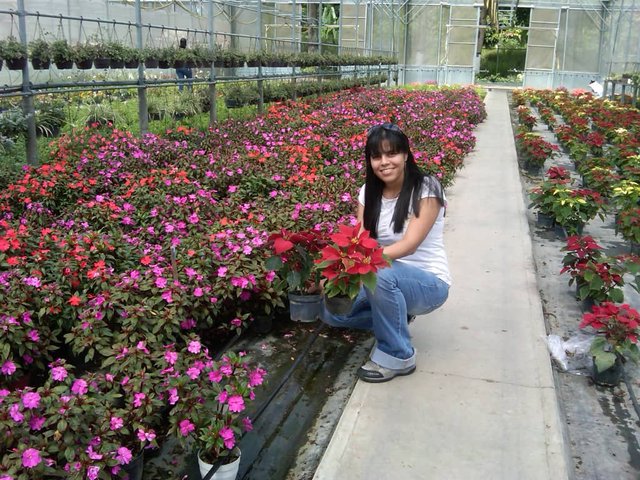
Esto sin dejar de mencionar a los jardines emblemáticos de las casas de los Cariperos. Uno de los jardines que destaca es el de mi familia, pues ellos quisieron recrear con los recursos disponibles en la zona, un paisajismo que enamoró a mi papá en Francia, con la mejor intención de demostrar la abundancia de las tierras Cariperas, una carreta de flores naturales. Era parada obligada de turistas quienes se llevaban sus fotografías de recuerdo y mi mamá henchida de orgullo, sonreía cada vez que pedían permiso para tomar las gráficas. Hoy día no tiene flores, pero se convirtió en un huerto productivo, casi tan colorido como el proyecto original.
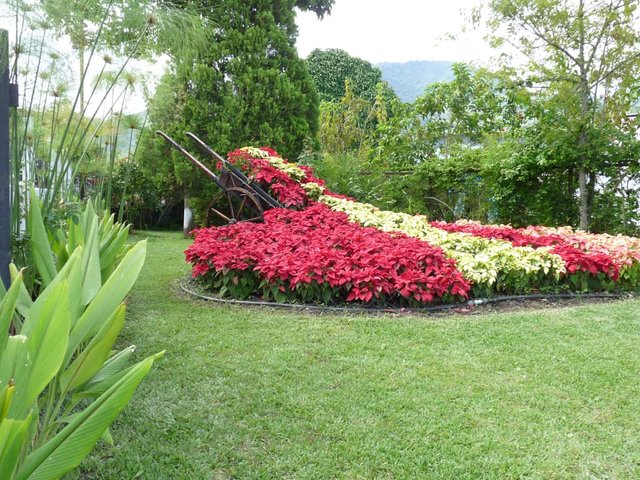
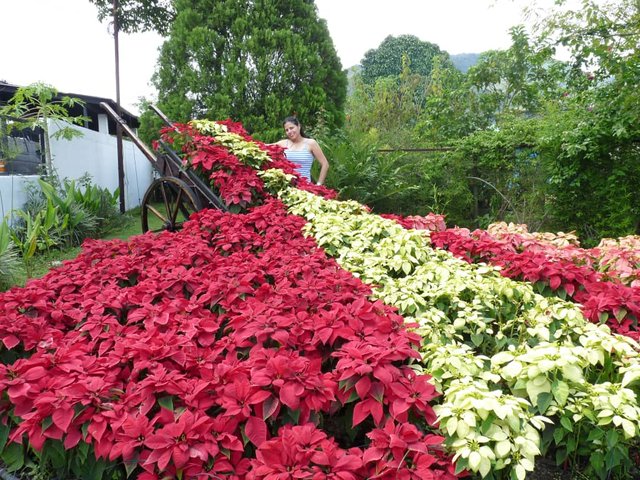
Hasta aquí les dejo el relato, guardando muchas más cosas que contarles sobre Caripe, en una próxima oportunidad.
Saludos;
Maythe.
English Version
The Garden of the Venezuelan Orient - Part 1
Caripe (or “Caripe El Guácharo”, as it is also known), holds that title, it is a small town with a mild climate ranging between 16 and 22 ° C, good relative humidity, pure air, lush, colorful vegetation and nice people with warm smiles, which they have learned to live with and from travelers, visitors and immigrants since the time of the Colony.

This town is located at 928 meters above sea level in the Turimiquire mountain range, north of Monagas State. Its name in the Chaima language means "Squirrel River". The Chaimas were the first settlers of this particular valley and after several struggles between chiefs of this ethnic group, it is Esteban Caripe who manages to overcome and add several indigenous families to his colony, establishing himself in the most fertile part of the valley, and evangelizing the same with Fray Pedro del Gelsa, to found the town as a Catholic mission in 1734, calling it Holy Angel Custodian.

Caripe is the product of a fusion of cultural heritage, as its residents welcomed Spanish, Italian, German, Corsican and more recently Arab, Colombian and Chinese immigrants. A mixture so diverse, that make the Caripe´s inhabitants can easily understand and adapt to the differences of each culture of their tourists, and that turns them into hospitable people, making the visitors always return for more of their tranquility every year.
One of the characteristics that I like most about Caripe, is that it bases its economy on two large branches, agriculture, tourism and merged both, in agritourism. Their lands are fertile, so it is easy to see in the gardens or courtyards of the houses sown with lettuce, coriander, broccoli or any other of those horticultural or fruit blessings that lighten and balance the menus of the own and foreign. It is also common that you can see many stalls selling fruit and vegetables, and products already processed on the side of the road.

You can see it too on its popular Saturday market. This day is a festival of colors and smells, as the peasants descend from their sown in the mountains, to offer their agricultural products directly to the consumer.

Photo by Caripe Virtual
The trees named bucares, apamates and araguaneyes also show their generosity towards the poets and painters, in the months of March and April, painting the mountains, roadsides, roads and floors of the National Guacharo Park's undergrowth in orange, purple and yellow colors. It is a visual sight.


The flowers also display beauty and splendor, and you can find them in nurseries (there are many people who live from their commercialization) or in the wild, even in a saprophytic way in the tree branches. There are many, however, in this post I want to make special mention of the Anturios nursery coves located in “El Hoyo de Caripe” Sector, owned by Sol de Morocoima.


The orchids of Simón Rodríguez, popularly known as “El Gato”, with more than 20 years of experience cultivating the National Flower of Venezuela, including many varieties of exhibition, hybrids and contest winners, but the most abundant and is the Queen of Caripe is of the genus and species Cattleya gaskelliana. It has its nursery located in the La Frontera Sector.





The competition roses of the La Coradeña Farm Estate owned by Corado Machuca and Lesbia de Machuca, located in the La Placeta Sector. The one that surprised me most of all is the Rosa Obispo, impressive for its size, velvety texture and intense burgundy color, similar to the purple color of the sash, buttonhole and solidene of the cassock of bishops, hence that is her name. Unfortunately I did not take a picture of the rose, but here I show you a similar one, taken from
https://www.significadodelasrosas.com

And the beautiful flowers of what is one of the most complete and varied nurseries / greenhouses in the east of the country, Agroplantas Caripe, located in San Agustín on the road to the La Guanota sector. Today its main production is organic vegetables.

Not to mention the emblematic gardens of Caripe´s people. One of the gardens that stands out is that of my family, because they wanted to recreate with the resources available in the area, a landscaping that fell in love with my dad in France, with the best intention of demonstrating the abundance of the Caripe´s lands, a cart of natural flowers. It was a must for tourists who took their pictures on it; and my mother, full of pride, smiled every time they asked permission to take the graphics. Today it has no flowers, but it became a productive garden, almost as colorful as the original project.


So far I leave the story, saving many more things to tell you about Caripe, in a next opportunity.
Regards;
Maythe
Congratulations! Your high-quality travel content was selected by @travelfeed curator @elsaenroute and earned you a partial upvote. We love your hard work and hope to encourage you to continue to publish strong travel-related content.
Thank you for being part of the TravelFeed community!
Did you know that you get larger upvotes when posting through TravelFeed.io? That is not all, thanks to the travel writing contest by @invisusmundi you can now earn up to 100 STEEM on top of the post rewards when posting through our new platform TravelFeed.io! Read the contest announcement for more information on how to participate.
We are continuously working on improving TravelFeed, recently we introduced EasySignUp and EasyLogin, our first step to make TravelFeed ready for mass adoption.
Learn more about TravelFeed by clicking on the banner above and join our community on Discord.
Thanks a lot @travelfeed and @elsaenroute